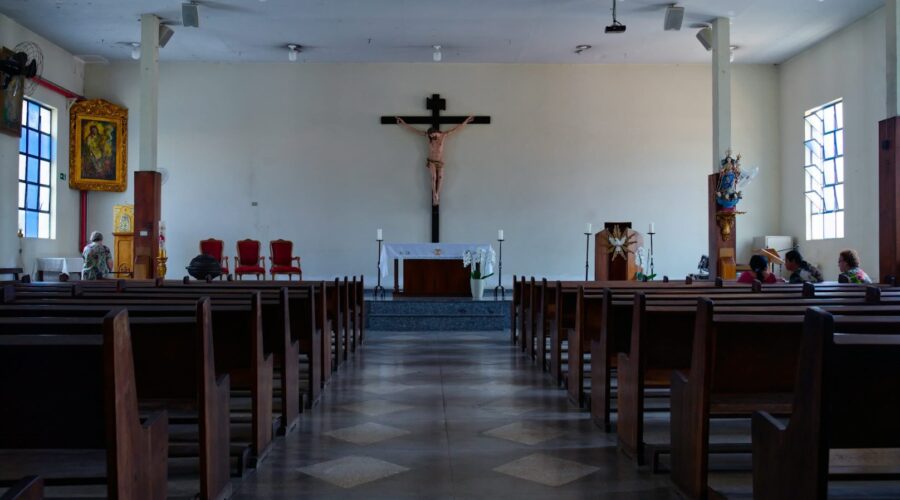Your cart is currently empty!
Unveiling the Architectural Marvel: A Comprehensive Guide to the Sagrada Família

Introduction
Nestled in the heart of Barcelona, Spain, the Sagrada Família is an iconic masterpiece of Catalan architect Antoni Gaudí. With its soaring spires, intricate facades, and symbolic details, this UNESCO World Heritage Site is a testament to Gaudí’s genius and a must-see destination for travelers worldwide.
History and Architecture
Construction of the Sagrada Família began in 1882, and it remains an ongoing project to this day. Gaudí’s original plans called for an elaborate basilica with 18 spires, a monumental facade, and a crypt.
Facades: The Sagrada Família has three main facades, each representing a different aspect of Jesus’s life:
* Nativity Facade: Completed in 1925, this facade depicts scenes from Jesus’s birth.
* Passion Facade: Unveiled in 1987, this facade portrays Jesus’s crucifixion and resurrection.
* Glory Facade: Currently under construction, this facade will depict Jesus’s second coming and judgment.
Towers: The Sagrada Família features a total of 18 towers, each representing an apostle, evangelist, or the Virgin Mary. The tallest towers reach a height of over 170 meters (560 feet).
Interior: The Sagrada Família’s interior is equally impressive, with soaring vaults, stained glass windows, and intricate columns. The church features a vast central nave and several side chapels, each with its unique design.
Symbolism and Meaning
The Sagrada Família is a deeply religious building, and its architecture is replete with symbolism:
* Cross: The towers represent the cross on which Jesus was crucified.
* Trees: The columns resemble trees, symbolizing the connection between heaven and earth.
* Animals: Various animals, such as turtles, fish, and birds, are depicted throughout the church, representing the diversity of creation.
* Light: The stained glass windows allow ample natural light to enter the interior, creating a sense of spirituality.
Tips for Visiting
* Book tickets in advance: The Sagrada Família is a popular tourist destination, so it’s recommended to book tickets online well in advance to avoid long lines.
* Choose a guided tour: A guided tour is an excellent way to learn more about the history, architecture, and symbolism of the church.
* Visit at different times: The Sagrada Família looks different at various times of the day, so consider visiting both during the day and at night.
* Explore the surrounding area: The Sagrada Família is located in the Eixample district, which is home to many other attractions, shops, and restaurants.
* Take a bus or metro: The Sagrada Família is easily accessible by bus or metro, making it convenient to visit.
Table: Key Features and Details of the Sagrada Família
| Feature | Details |
|———————|————————————————————————————————————-|
| Height | 170 meters (560 feet) |
| Length | 90 meters (295 feet) |
| Width | 60 meters (197 feet) |
| Towers | 18, representing apostles, evangelists, and the Virgin Mary |
| Facades | 3: Nativity, Passion, and Glory (under construction) |
| Architect | Antoni Gaudí |
| Construction start | 1882 |
| Construction status | Ongoing; estimated completion in 2026 |
| Style | Catalan Modernism |
| UNESCO status | World Heritage Site
Links and References
* [Official website of the Sagrada Família](https://sagradafamilia.org/)
* [Barcelona City Pass](https://www.barcelonacitypass.com/en/) (includes access to the Sagrada Família)
* [The complete works of Antoni Gaudí](https://www.gaudiclub.com/en/)
Conclusion
The Sagrada Família is a true architectural masterpiece that reflects the genius and spirituality of Antoni Gaudí. Its intricate designs, profound symbolism, and soaring beauty have made it a beloved landmark and a symbol of Barcelona. Whether you’re a first-time visitor or a returning admirer, the Sagrada Família is a must-see destination that will leave you in awe.